Kyoto’s Apple Store Blends into the Landscape
Located in the historic district, it was designed to be an integral part of its surroundings: a challenge in a city full of listed buildings.
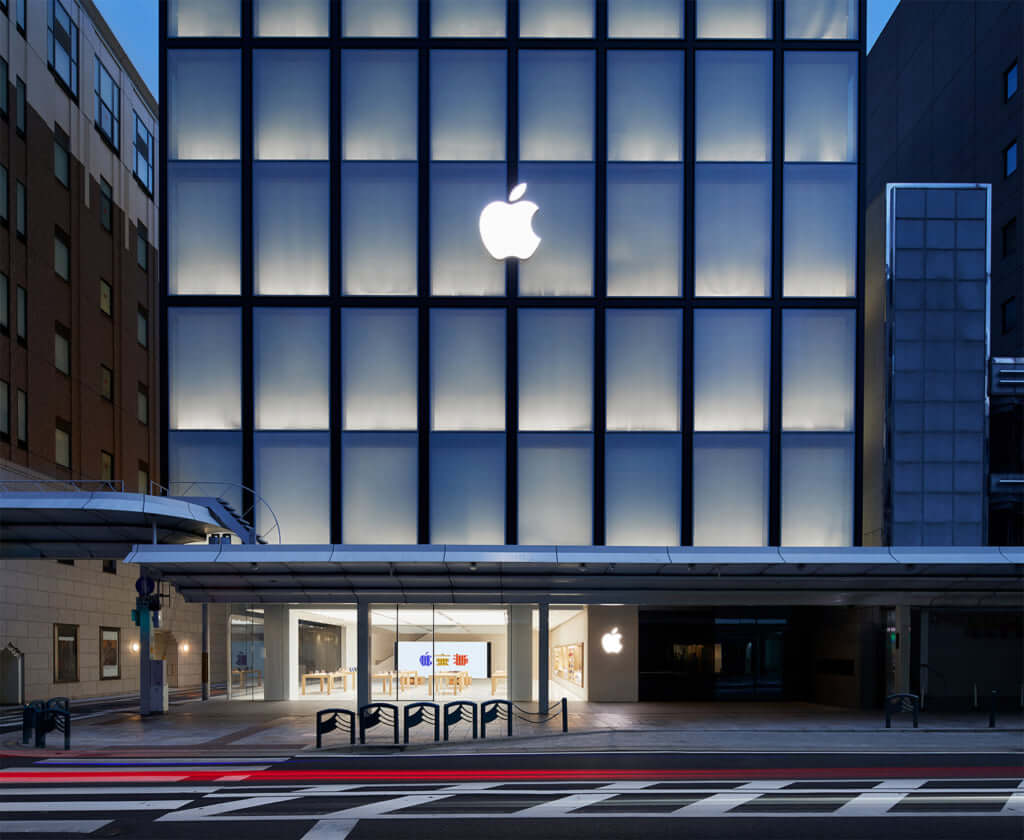
© Apple / Fosters + Partners
In Kyoto, the Apple Store was designed to respect the DNA of Japan’s former capital. The work of British architecture agency Fosters + Partners, the building borrows its design from Japanese tradition. The ground floor with transparent windows acts like an extension to the street and invites passersby to come in. But from the first floor, the façade becomes more mysterious. The windows, covered in a fine layer of paper, mask the inside of the shop, but still let the daylight in.
A façade inspired by paper screens
Fosters + Partners state that Kyoto’s Apple Store (which is run 100% on clean energy) pays homage to traditional Japanese paper lanterns. There is also a direct reference to the design of the celebrated Shoji screens, the translucent screens invented around the 13th century that have become one of the key symbols of Japanese architecture. Like the façade of the store, they are made from a square frame and with rice paper. Their structure enables the inside and outside to be separated.
This quest for a balance between the original design of the premises and respect for Apple’s decorative specifications (skylights, wood, white, the omnipresence of screens) is not, in fact, restricted to Japan. One of the Apple Stores in Paris, also designed by Fosters + Partners, was created to showcase the quirks of the building, a Haussmannian structure overlooking the Champs-Elysees.
More information on Kyoto’s Apple Store is available on the brand’s website.
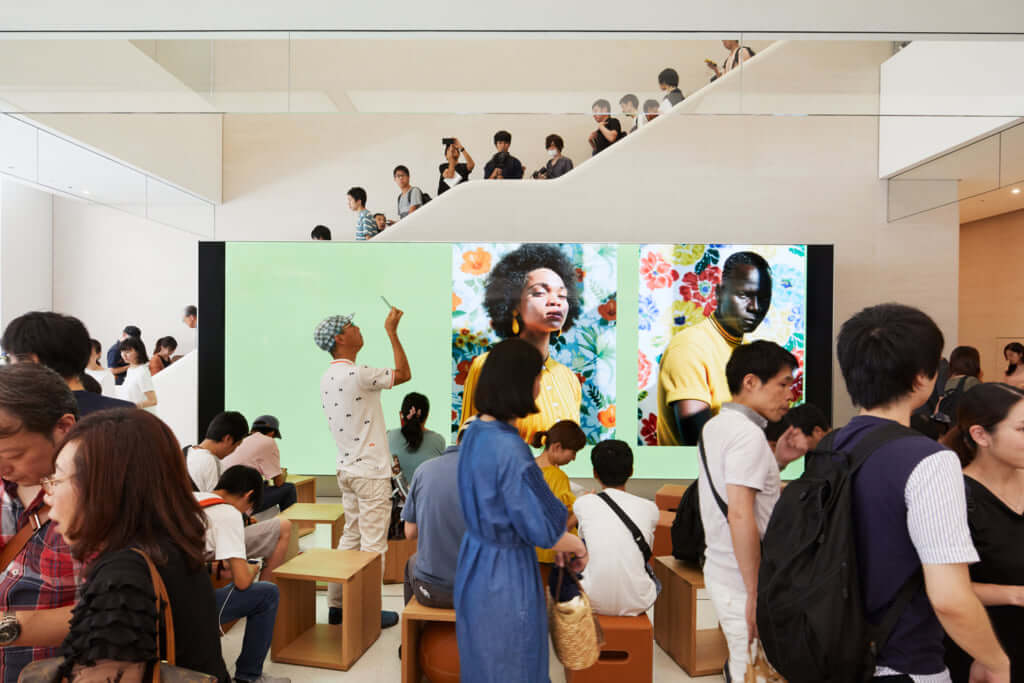
© Apple / Fosters + Partners
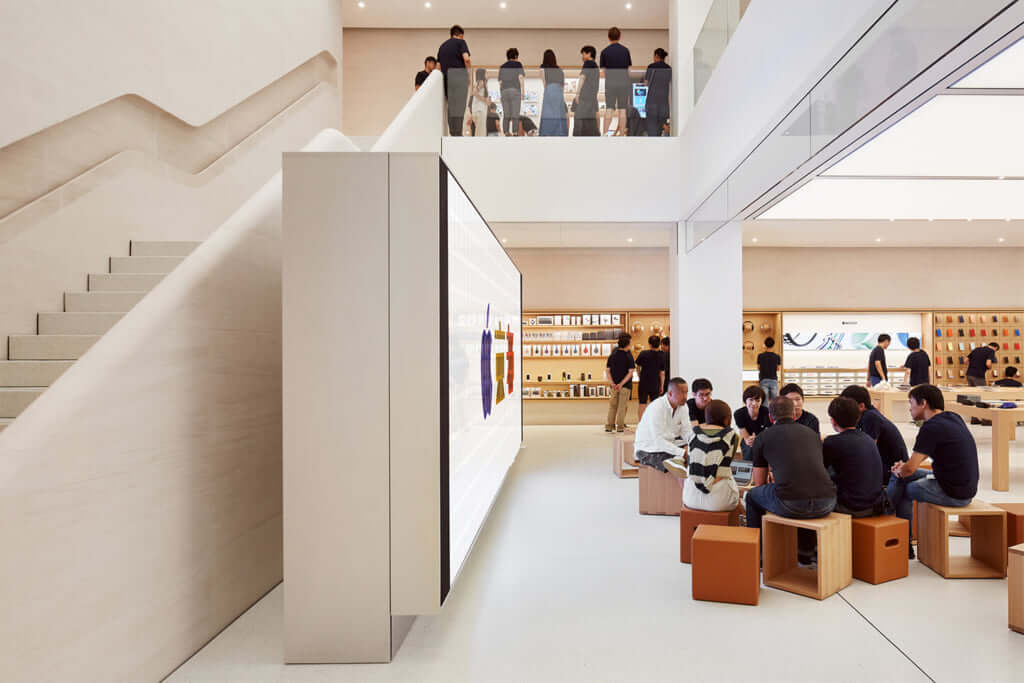
© Apple / Fosters + Partners
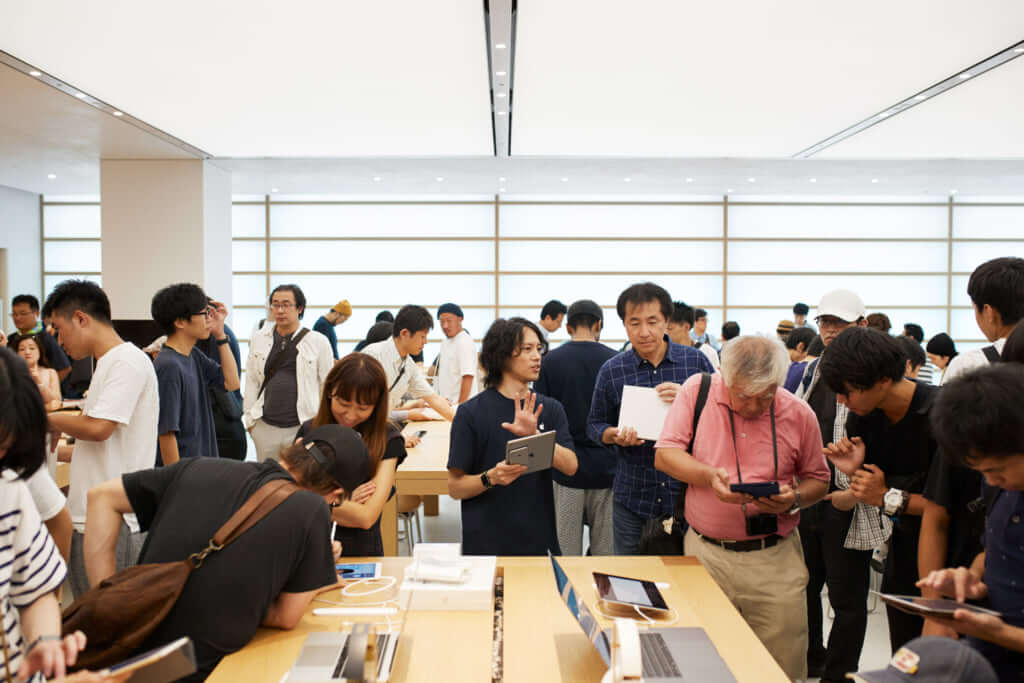
© Apple / Fosters + Partners
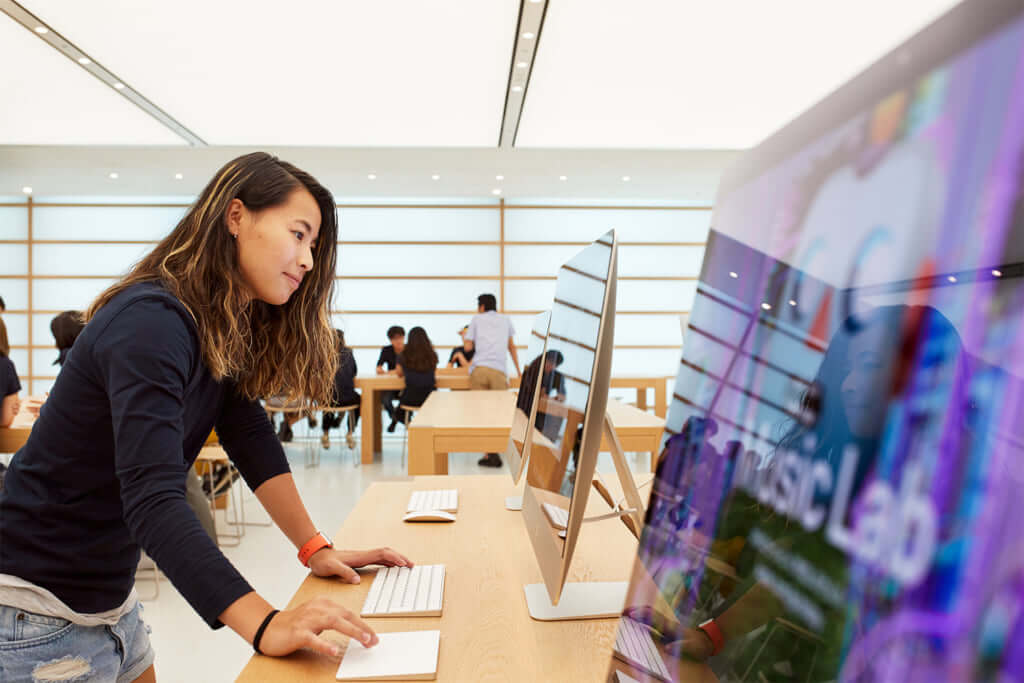
© Apple / Fosters + Partners
TRENDING
-
The Tradition of the Black Eggs of Mount Hakone
In the volcanic valley of Owakudani, curious looking black eggs with beneficial properties are cooked in the sulphurous waters.

-
Gashadokuro, the Legend of the Starving Skeleton
This mythical creature, with a thirst for blood and revenge, has been a fearsome presence in Japanese popular culture for centuries.

-
The Tattoos that Marked the Criminals of the Edo Period
Traditional tattoos were strong signifiers; murderers had head tattoos, while theft might result in an arm tattoo.

-
Colour Photos of Yakuza Tattoos from the Meiji Period
19th-century photographs have captured the usually hidden tattoos that covered the bodies of the members of Japanese organised crime gangs.

-
‘YUGEN’ at Art Fair Tokyo: Illumination through Obscurity
In this exhibition curated by Tara Londi, eight international artists gave their rendition of the fundamental Japanese aesthetic concept.





